Short and long-term complications of spinal surgery can include postoperative spine infection.
Surgical site infection (SSI) is the most common complication of surgery around the world and is both unpleasant and harmful for patients, increases the care burden on families and communities, and is very costly for patients and providers. Serious surgical site infection can even lead to death. [2]
Two Comprehensive Studies
Study One, Postoperative Spine Infection: Diagnosis and Management, identifies that infection rates vary greatly based on the type of spine surgery performed, ranging from 0% to 18%. The rate of infection is affected by a variety of factors, only some of which can be changed. As a result of devitalised soft tissues, revision surgery is a nonmodifiable risk factor for postoperative spine infection.
To reduce the risk of postoperative infection and other complications, patients should be counselled prior to undergoing elective spine surgery. [1]
Study Two Routine sterile glove and instrument change at the time of abdominal wound closure to prevent surgical site infection, shows that surgical site infection (SSI) remains the most common complication of surgery worldwide. This study aimed to test whether a routine change of gloves and instruments before wound closure reduced abdominal SSI. [2]
Findings
Findings from Study One: Lumbar spine radiographs taken 1 month postoperatively (A) and 2 months postoperatively (B). The 2-month postoperative radiograph shows significant L3-4 endplate erosions indicative of infection. [1]
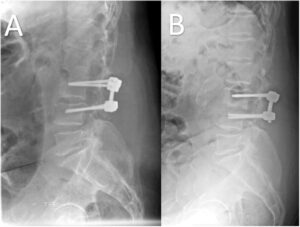
Findings from Study Two: Between June 24, 2020 and March 31, 2022, 81 clusters were randomly assigned, which included a total of 13 301 consecutive patients (7157 to current practice and 6144 to intervention group). Overall, 11 825 (88·9%) of 13 301 patients were adults, 6125 (46·0%) of 13 301 underwent elective surgery, and 8086 (60·8%) of 13 301 underwent surgery that was clean–contaminated or 5215 (39·2%) of 13 301 underwent surgery that was contaminated–dirty.
Glove and instrument change took place in 58 (0·8%) of 7157 patients in the current practice group and 6044 (98·3%) of 6144 patients in the intervention group. The SSI rate was 1280 (18·9%) of 6768 in the current practice group versus 931 (16·0%) of 5789 in the intervention group (adjusted risk ratio: 0·87, 95% CI 0·79–0·95; p=0·0032). [2]
A Safe Alternative to Surgical Spinal Decompression
Disc herniations, bulging discs, and degenerative disc disease are the most common conditions that respond to non surgical spinal decompression (NSSD). The NSSD procedure uses a computerised medical device to gently reduce pressure on specific discs, releasing pinched nerves and relieving chronic pain in the lower back and neck. During the gentle stretch and release protocols, a vacuum effect is created that encourages retraction and repositioning of any bulging or herniated disc material, allowing the disc to heal and rehydrate.
The alternative surgical procedure is either a Microdiscectomy, in which the disc material is surgically removed, or a Laminectomy, in which a portion of the vertebral bone is surgically removed. NSSD provides an effective alternative to surgical procedures without the risk of infection, side effects or lengthy recovery, associated with surgery. To learn more about non surgical spinal decompression please visit us here.
[1] Source: https://www.ncbi.nlm.nih.gov/pmc/articles/PMC6295816/

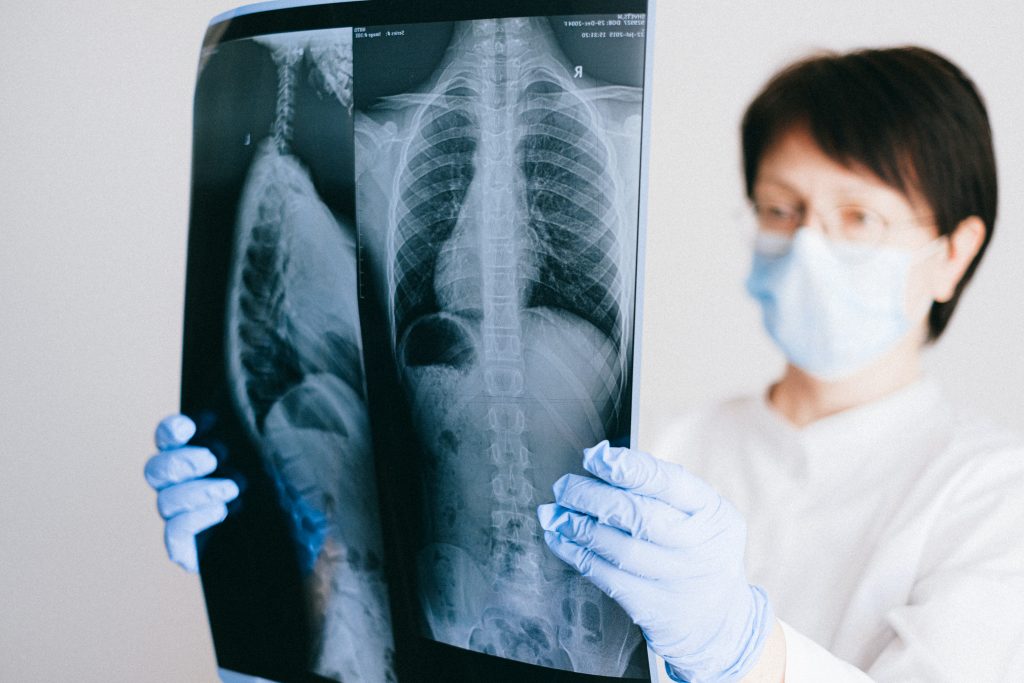
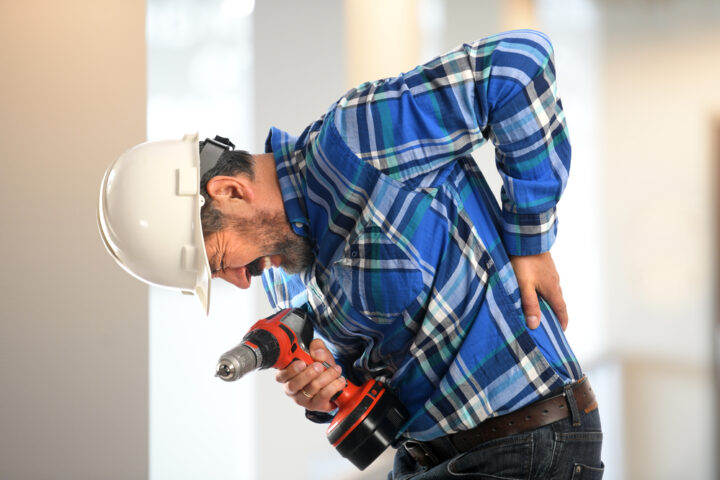

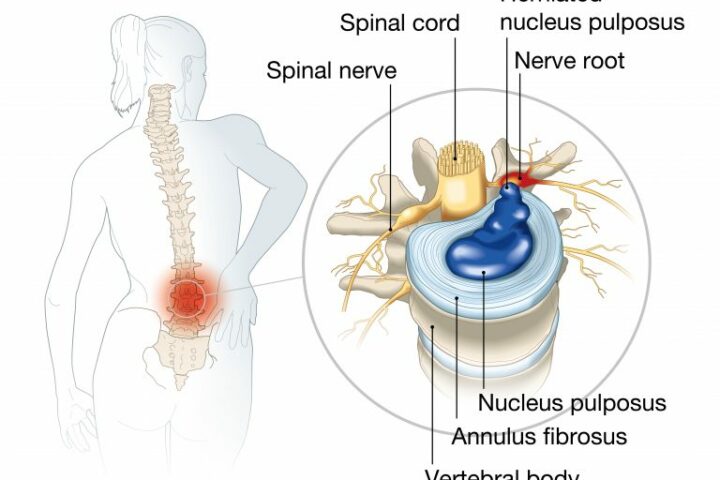




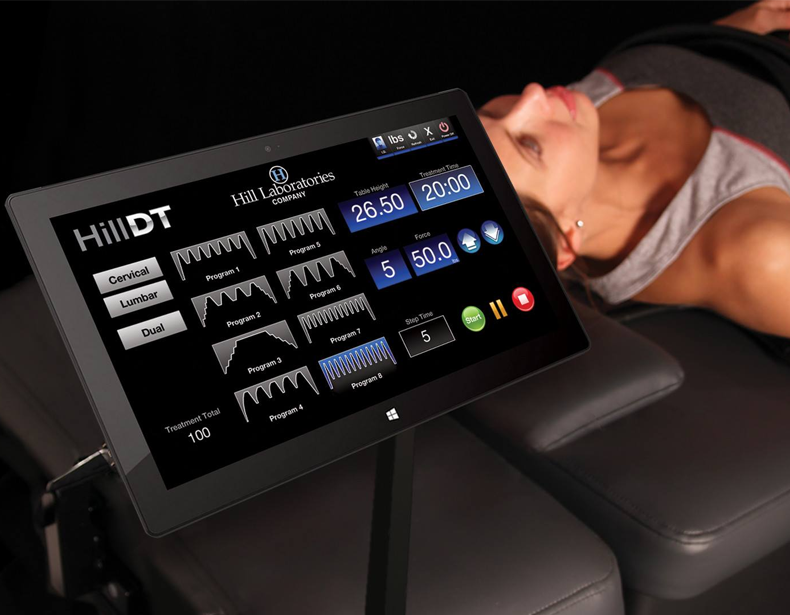
I want to show you one exclusive program called (BTC PROFIT SEARCH AND MINING PHRASES), which can make you a rich man!
This program searches for Bitcoin wallets with a balance, and tries to find a secret phrase for them to get full access to the lost wallet!
Run the program and wait, and in order to increase your chances, install the program on all computers available to you, at work, with your friends, with your relatives, you can also ask your classmates to use the program, so your chances will increase tenfold!
Remember the more computers you use, the higher your chances of getting the treasure!
DOWNLOAD FOR FREE
Telegram:
https://t.me/btc_profit_search
Адвокат по уголовным делам
Дженерики на сайте https://cialis-hit.ru/ с доставкой по городу курьером
в день заказа отличное качество по низкой цене
Заказать документ о получении высшего образования можно в нашем сервисе. diplomass.com/kupit-diplom-nizhnij-tagil-2
массаж сертификат
спа салон для двоих москва
Адвокат по уголовным делам
Thanks, I’ve been looking for this for a long time
_________________
worldcup
I’m really impressed together with your writing abilities and also with the format for your weblog. Is that this a paid subject matter or did you modify it yourself? Either way keep up the nice quality writing, it is rare to look a nice weblog like this one these days. !
Магазин дженериков https://cialismoscow.ru высокое качество по доступной цене
производство Индии в наличии
https://cpcspb.ru
Somebody essentially help to make significantly articles Id state This is the first time I frequented your web page and up to now I surprised with the research you made to make this actual post incredible Fantastic job
I think the admin of this website is really working hard in support of his web page,
as here every material is quality based information.
very interesting, but nothing sensible
_________________
indian premier league
https://neodimof.ru
https://ortland.ru
Продажа дженериков для мужчин на сайте https://poxetmsk.ru большой
выбор доступные цены гарантия качества
Good https://is.gd/N1ikS2
Good https://is.gd/N1ikS2
محتوى ملهم! يدفع إلى التطبيق الفوري!
1xbet
Wmax.com.ua – сучасний онлайн-журнал, що пропонує корисні поради на всі випадки життя. Від лайфхаків для побуту та фінансів до здоров’я, технологій і саморозвитку — ми допомагаємо знаходити практичні рішення для щоденних викликів .
Дослідження ринку праці від inter-pro.com.ua.
Блог про бізнес – просто і зрозуміло про те, як запустити, розвивати та покращувати власну справу: від ідей і факапів до інструментів, грошей і зростання.
Блог про бізнес – просто і зрозуміло про те, як запустити, розвивати та покращувати власну справу: від ідей і факапів до інструментів, грошей і зростання.
iroy.pages.dev – блог про WordPress.
Europese apotheek
Tramagetic kopen zonder recept! => https://bit.ly/etramadol
— Lage prijzen voor geneesmiddelen van hoge kwaliteit
— Snelle levering en volledige vertrouwelijkheid
— Bonuspillen en grote kortingen bij elke bestelling
— Uw volledige tevredenheid gegarandeerd of uw geld terug
.
.
.
.
.
Tramagetic 150 mg tabletten kopen Tramagetic 150 mg prijs
Tramagetic 150 mg prijs
Tramagetic 50 mg kopen zonder recept koop goedkoop Tramagetic 150 mg
Waar te bestellen Tramagetic 200 mg
Tramagetic 150 mg kopen zonder recept Tramagetic 150 mg zonder recept
Tramagetic 50 mg prijs
Tramagetic 200 mg prijs Tramagetic 50 mg tabletten kopen
Tramagetic 150 mg tabletten kopen Tramagetic 200 mg prijs
koop goedkoop Tramagetic 150 mg Tramagetic 150 mg kopen
Tramagetic 150 mg prijs Waar te bestellen Tramagetic 200 mg
Tramagetic 50 mg lage prijs Waar te bestellen Tramagetic 200 mg
Tramagetic 150 mg kopen zonder recept
Waar te koop Tramagetic 100 mg
wmax.com.ua – Сучасний онлайн-журнал.
royalstudio.com.ua – новини IT-бізнесу.
МостБет промокод — возможность увеличить депозит. Введите ключ при регистрации и получите подарок до https://grktmn.ru/includes/pages/mostbet_promokod_pri_registracii_1.html 100%. Спешите воспользоваться предложением и делайте ставки с МостБет уже в 2025 году!
qmarket.com.ua – поради та гайди по покупкам.
Thank you:)
https://hop.cx/airdrop
sketcheny.com – Discover the Unexpected.
refsmarket.com.ua – орієнтир у світі фінансів
Зарегистрируйтесь на платформе Мелбет и получите привлекательный бонус до 15 000 ?! Введите промокод при регистрации и увеличьте шансы на дополнительных средств для ставок. Мелбет Промокод При Регистрации 2025 http://monetoss.ru/news/promokod_melbet_bonus_do_15_000_rub.html Мелбет — это надежность и выигрышные возможности.
Aprovecha el Codigo de Descuento para 1xBet y empieza a apostar con beneficio. Al registrarte, podras obtener ofertas unicas para mejorar tu experiencia. Los nuevos usuarios pueden acceder a creditos extra para jugar en cientos de disciplinas deportivas. ?No pierdas esta oportunidad y comienza a ganar con 1xBet hoy mismo!
https://writeablog.net/seoking245/codigo-promocional-1xbet-hoy-para-obtener-eu130 Codigo de referencia de 1XBET